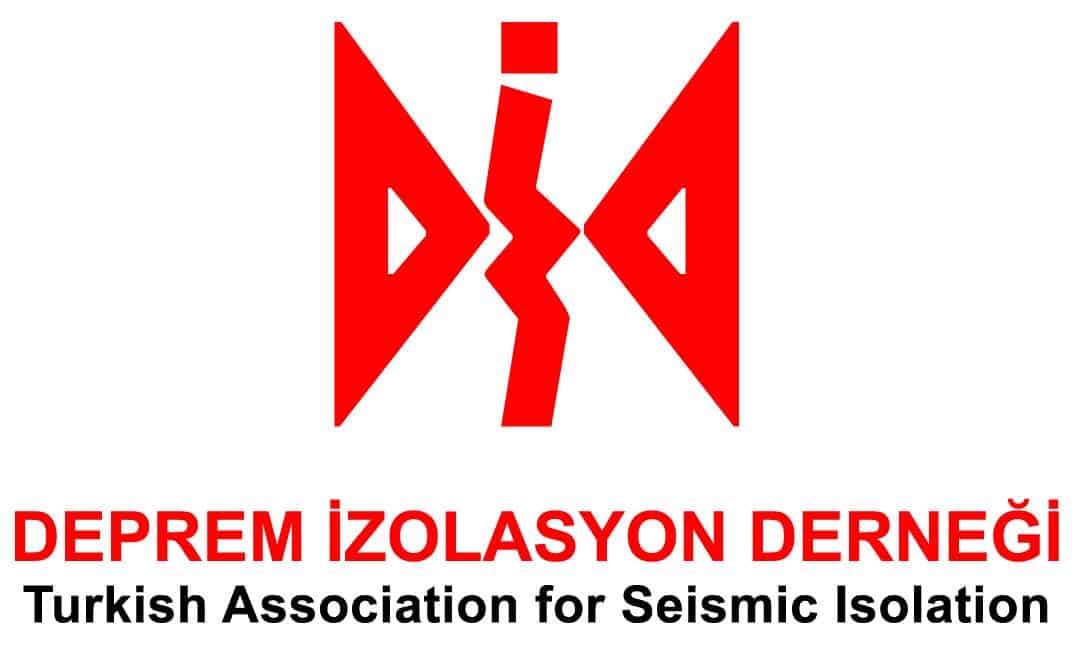119. A prescriptive method for the design of new steel moment frame structures with supplemental damping
This paper presents a prescriptive method for the design of new steel moment frame structures with supplemental damping using fluid viscous dampers (FVDs). The prescriptive method uses Modal Response Spectrum Analysis (MRSA) instead of Nonlinear Response History Analysis (NLRHA) as the basis for evaluation. Additionally, the procedure decouples the design of the moment frame from the damper frame, reducing design iterations. This makes the use of FVDs in new buildings easier to evaluate at schematic level design and significantly reduces the effort for full design. The procedure produces a 25% viscous damping ratio at the Design Earthquake (10% probability of exceedance in 50 years) and requires the use of nonlinear dampers with a damping exponent, alpha of 0.4.

